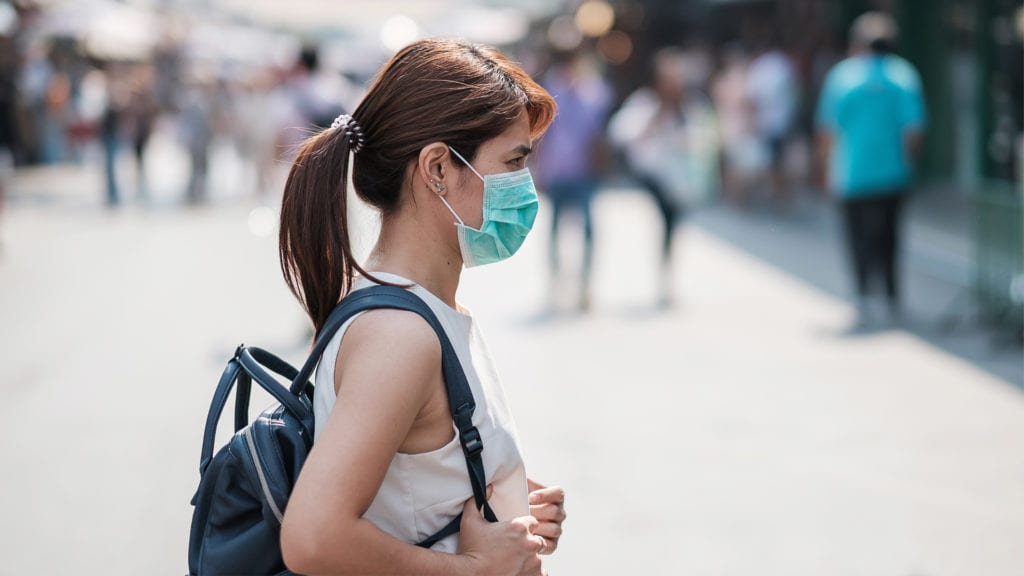If there’s one thing I’ve heard a lot over the past three months, it’s “You’re in Asia, you’ve experienced all this already, what does the way forward look like?” In February and March this looked fairly clean-cut. Now, in April, it seems like the end destination hasn’t changed, but the paths towards it have diversified.

When we defined the Evolving Disruption Lifecyle (Impact, Regroup, Rebound, New Normal) for communicators in early March, it was based on observed behavior during the COVID-19 outbreak as it moved westwards from Asia, combined with past experience from SARS. That was before contagion had really caught on beyond Iran and Italy. So, what have we learned since then?
Well, for one, that in its COVID-19 form, this lifecycle is going to last longer than we ever-optimistic humans expected. Markets like Hong Kong and Singapore have proven through their second-wave imported virus cases that the lifecycle is reversible. The interaction of national virus responses across the planet have extended the much hoped for V-shaped recovery into at least a U-shaped one. And critically, the West is currently much deeper into this crisis than Asia has experienced.
It is this final point that makes me wonder: This time around, does Asia really offer the path for communicators around the world to follow?
It is true that in this past week, the first epicenter, the city of Wuhan in China, emerged from lockdown while the WHO reached its first 100 days for COVID-19 reporting (and no doubt there will be a second 100 days). It is true also that across Greater China we are running launches and events online for our clients; we can see home-based products and services being an early consumer focus; brands across industry sectors are aligning around hygiene to build consumer confidence and encourage spending; there’s an appetite for aspirational/inspirational content that gives people something to look forward to when life does emerge from lockdown; and finally, we’re seeing what is likely to be an emerging cautious spending habit rather than the quick release of pent-up binge spending.
I have no doubt that every country and territory emerging from the coronavirus crisis will also see these patterns of human behavior across the Regroup and Rebound phases of the disruption lifecycle. But those phases will differ from how they have and will be experienced in Asia by the depth of the Impact phase in the geography where your business sits.
The Impact on Wuhan has been dwarfed elsewhere. In some places the Impact has been so deep that the Regroup phase may develop its own, intermediary, New Normal. The speed and gradient of the Rebound phase could also be more drawn out and slower than hoped for. And lastly, it could be that the final emergent New Normal coalesces in the markets where the Impact and Regroup phases were most keenly felt such as western Europe and the U.S., rather than Asia.
As my Ketchum colleague, Bill Zucker, recently pointed out, when we’ve planned crisis responses for epidemics in the past, we never anticipated anything like this! Everywhere around the world, all brands and the people who run them are currently navigating uncharted territory. It is only natural to seek out examples of what is working. If there is one thing that I’ve learned in my career so far, it is that the differences in human behavior among people and societies around the world are not as significant as the similarities. This means that everything that we experience in Asia in the weeks and months ahead will provide a learning moment for communicators elsewhere. But the interaction of ripples from the pandemic around multiple global epicentres will create locally unique trends that must be accounted for if recovery is to be successful. To capture and ride these trends, listening will undoubtedly be the most essential tool in the communicator’s toolkit for a long time to come.
Ketchum is planning a virtual discussion next week on this topic and on what companies worldwide can start doing now to plan their Rebound. To receive an invitation, please email us.


